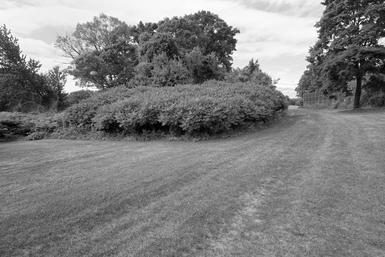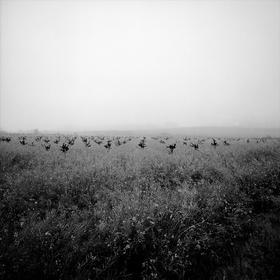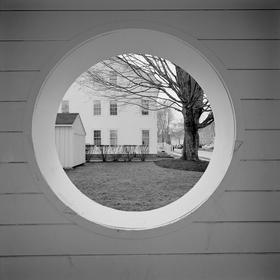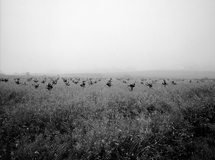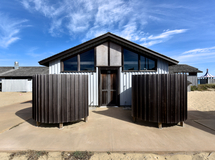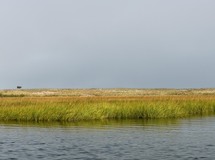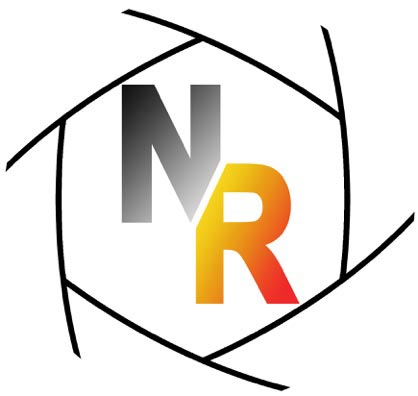Shirley 4
This is the last post about the new work made in the late winter of 2023. It follows three others, the most recent is: Shirley 3
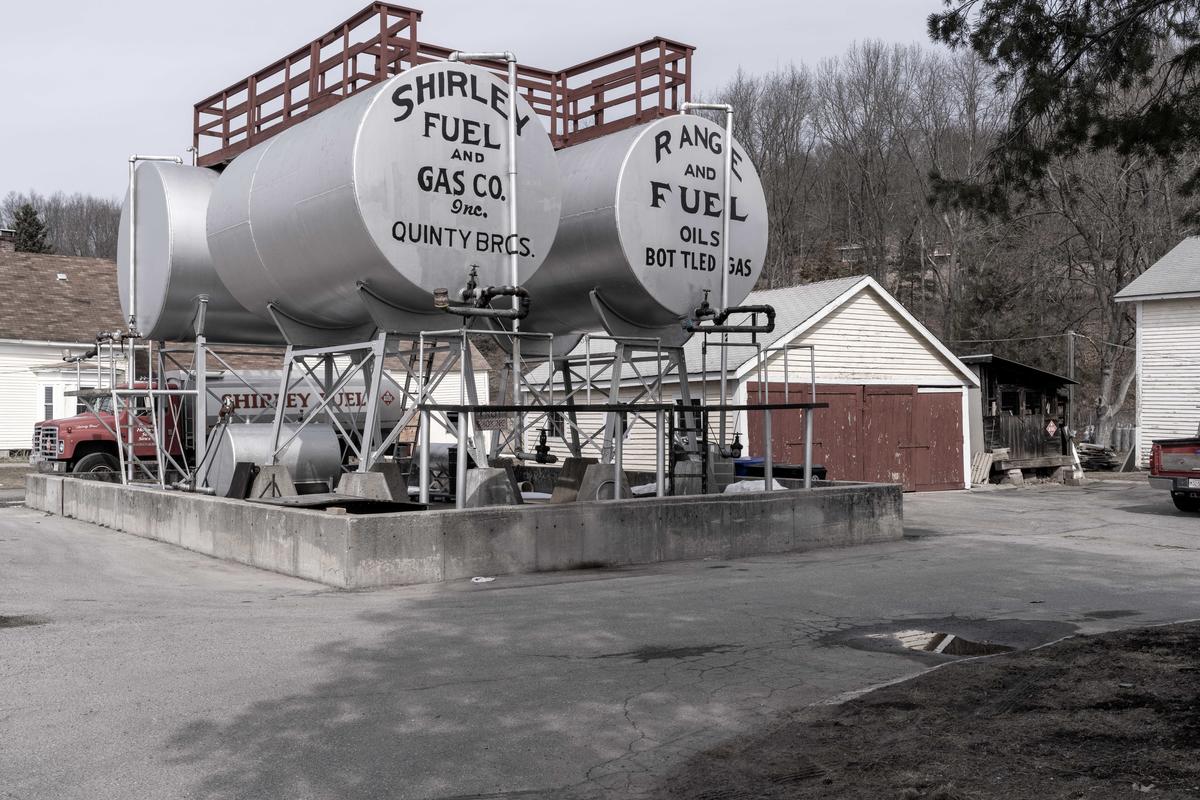 Looking at this one now, the photograph big on its sheer description of this family business makes me think of an earlier time, perhaps when these tanks and this yard were new. It's easy to build a story around a now older head of the family who started in the heating oil delivery business and it carrying down to his sons and possibly daughters.
Looking at this one now, the photograph big on its sheer description of this family business makes me think of an earlier time, perhaps when these tanks and this yard were new. It's easy to build a story around a now older head of the family who started in the heating oil delivery business and it carrying down to his sons and possibly daughters.
And the last in the series:
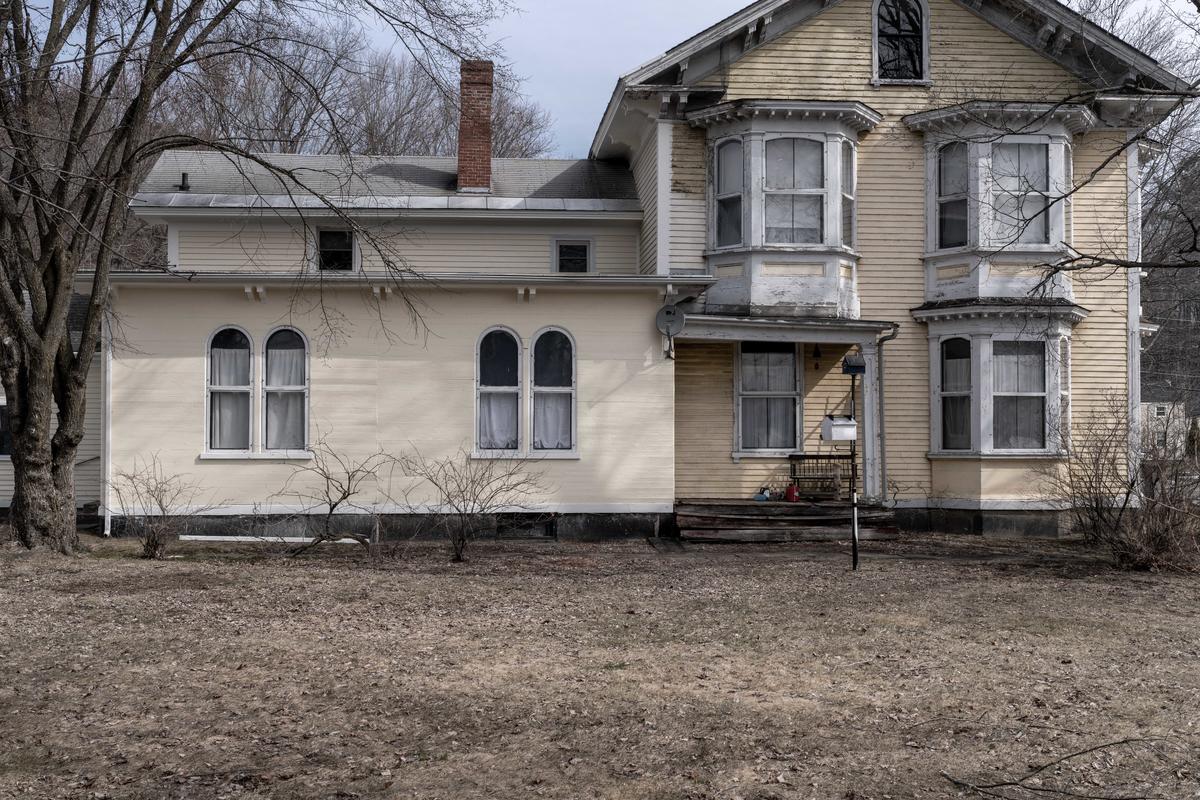
A study in "cobbled together", a variety of needs addressed as required over the years. For me, this is about as good as it could get. Many pictures within the overall, details revealed on looking closely. This is the house just to the right of the fuel tanks and clearly home to the family.
The full series is on the site: here.
That closes out my description of the Shirley series. Thank you for coming along.
A note about the blog itself. I've been writing the blog now for over ten years. It has mostly been a labor of love and I have no regrets. It has helped my career in no small way, by serving as a reference and a catalog of much of my work over the years. And, I like to believe it has helped you in your efforts to learn and practice photography. While at times very active with more than one or two posts a week, in more recent years I have written far less. At times, to be truthful, it has felt that perhaps it has run its course. I need to ask for your help here, as subscribers you are my core group. If you would like the blog to carry on, I need to hear from you.
Just a quick "yes or no" will let me know if you value it. Thank you.
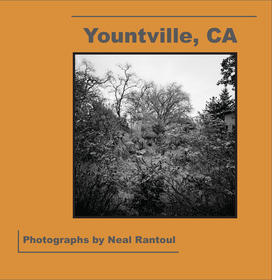

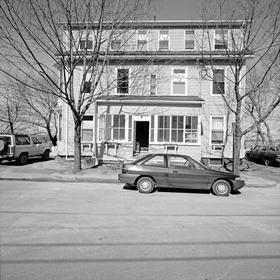
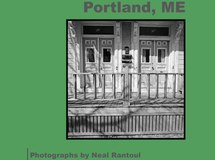
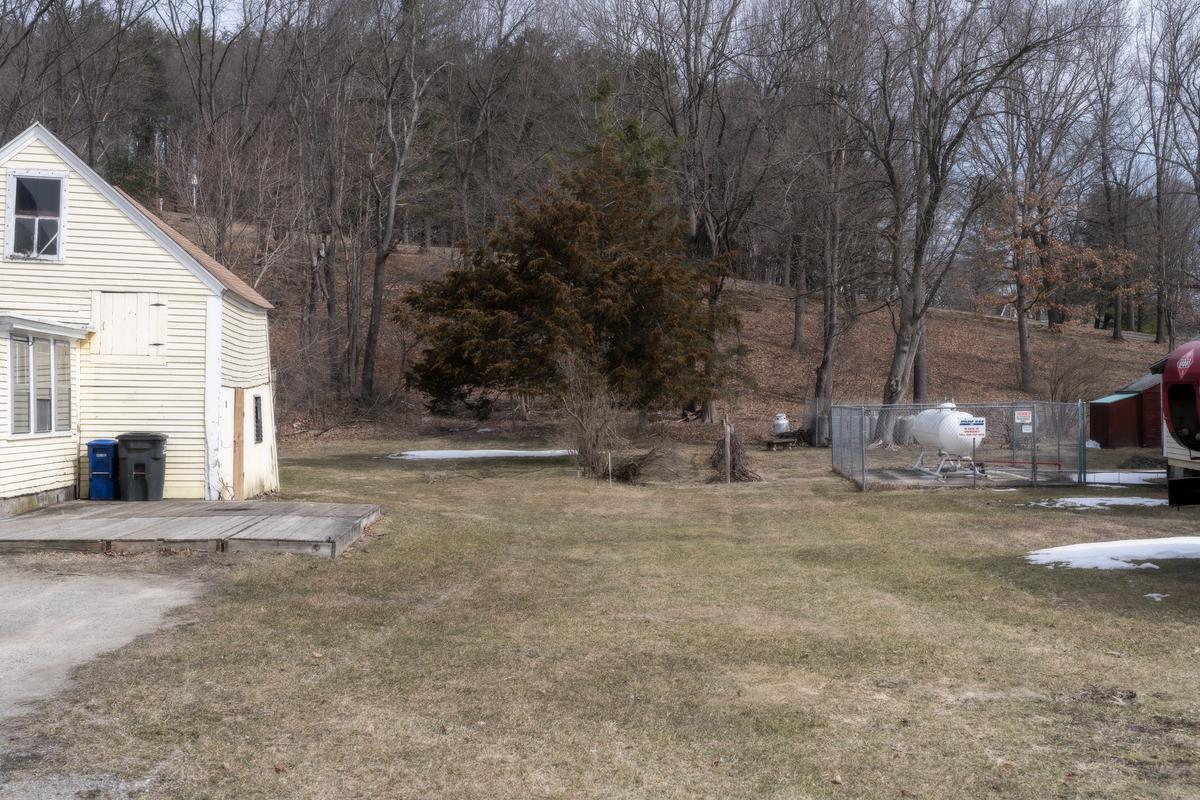

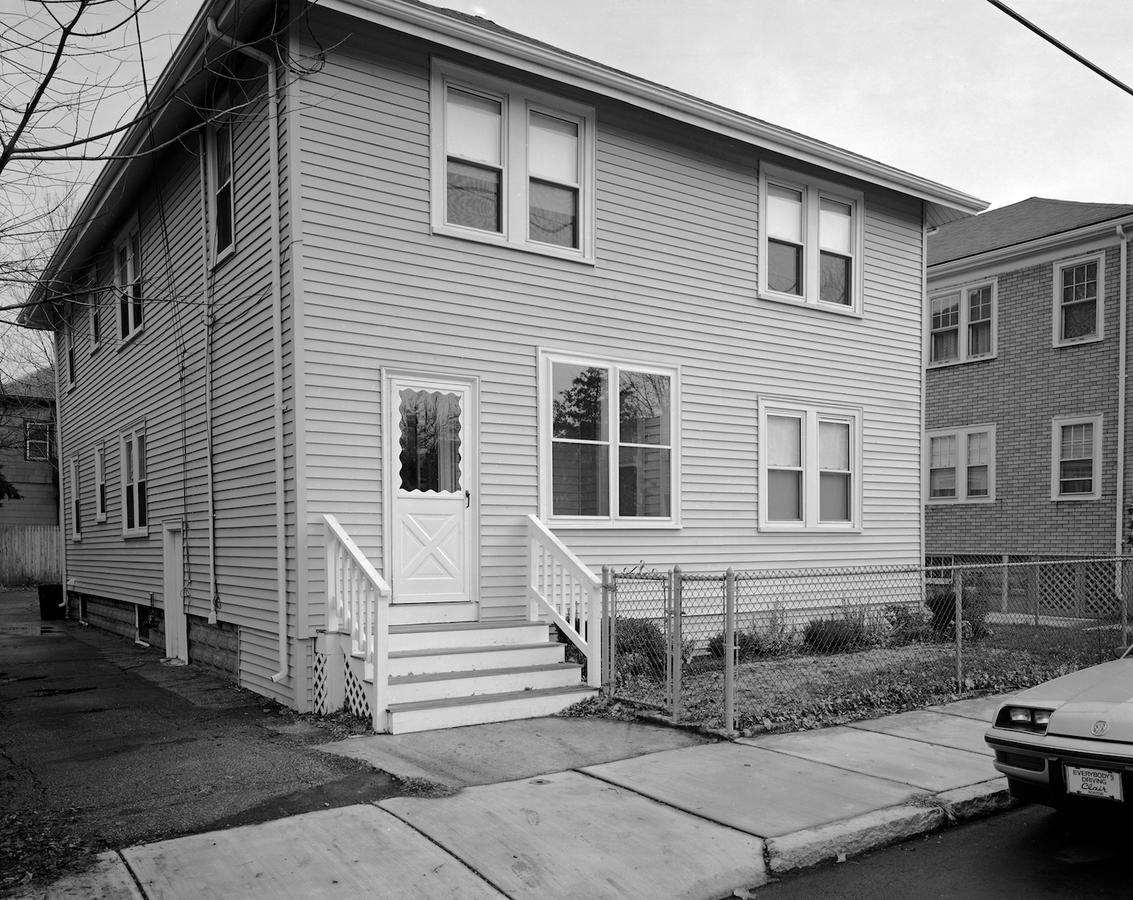 Cambridge, 1994
Cambridge, 1994 Hershey, PA 1996
Hershey, PA 1996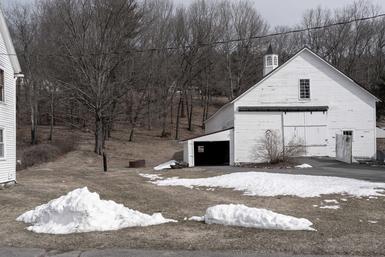
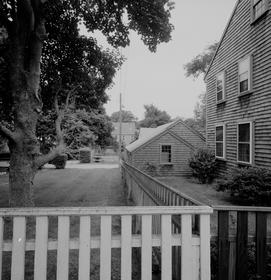
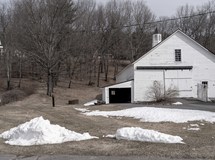
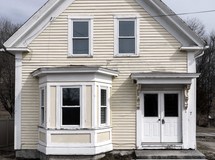

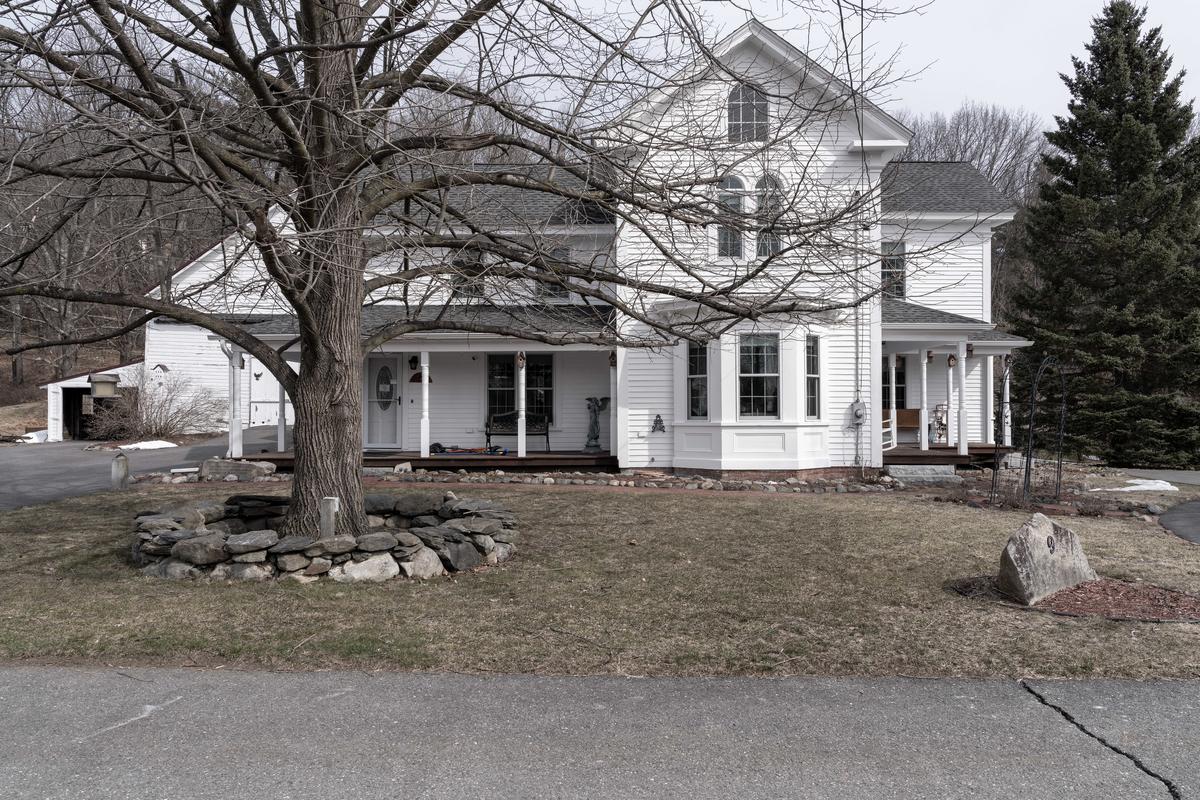 Here, the first house, one of three we'll see in the series. Standing there, consciously linking this to the first frame with the barn now in the background. Sometimes, not always by any means, there is a combination of things that work. In this case the light (bright but also flat), the scale (the relationship of where the content is and where I am), and the subject itself (I have often thought about this last one: something gets me about a certain New England architectural period or era).
Here, the first house, one of three we'll see in the series. Standing there, consciously linking this to the first frame with the barn now in the background. Sometimes, not always by any means, there is a combination of things that work. In this case the light (bright but also flat), the scale (the relationship of where the content is and where I am), and the subject itself (I have often thought about this last one: something gets me about a certain New England architectural period or era).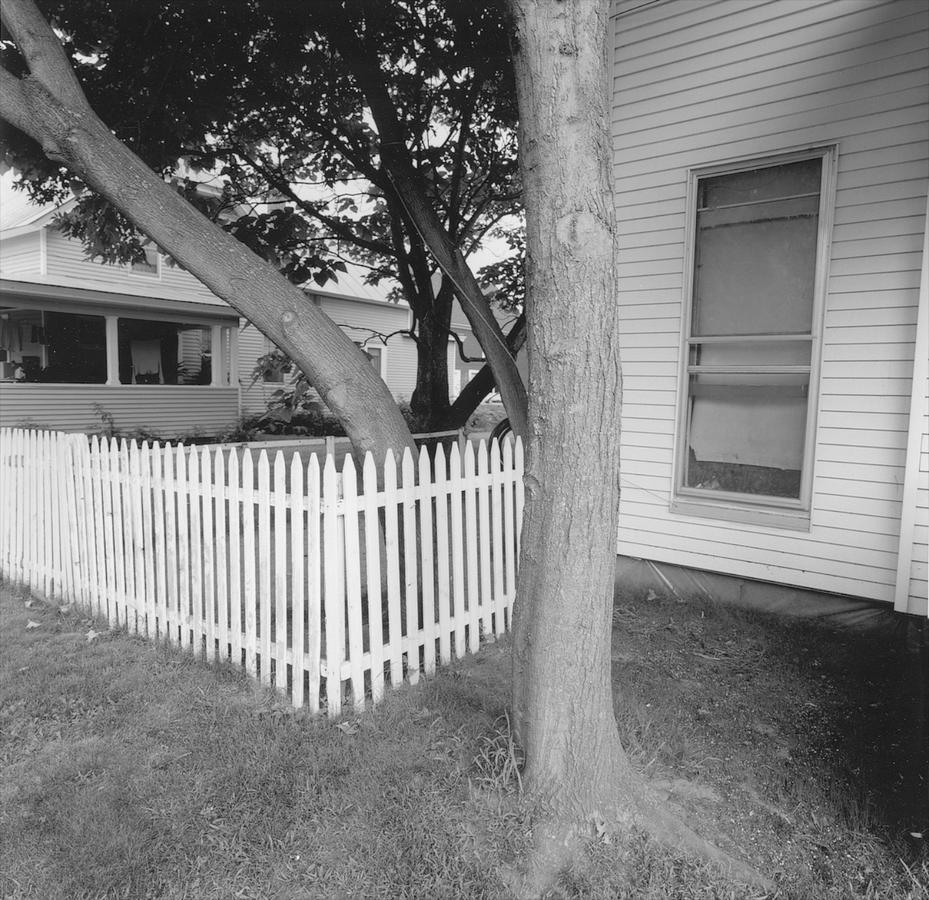 Lebanon, NH 1997-1990 (
Lebanon, NH 1997-1990 (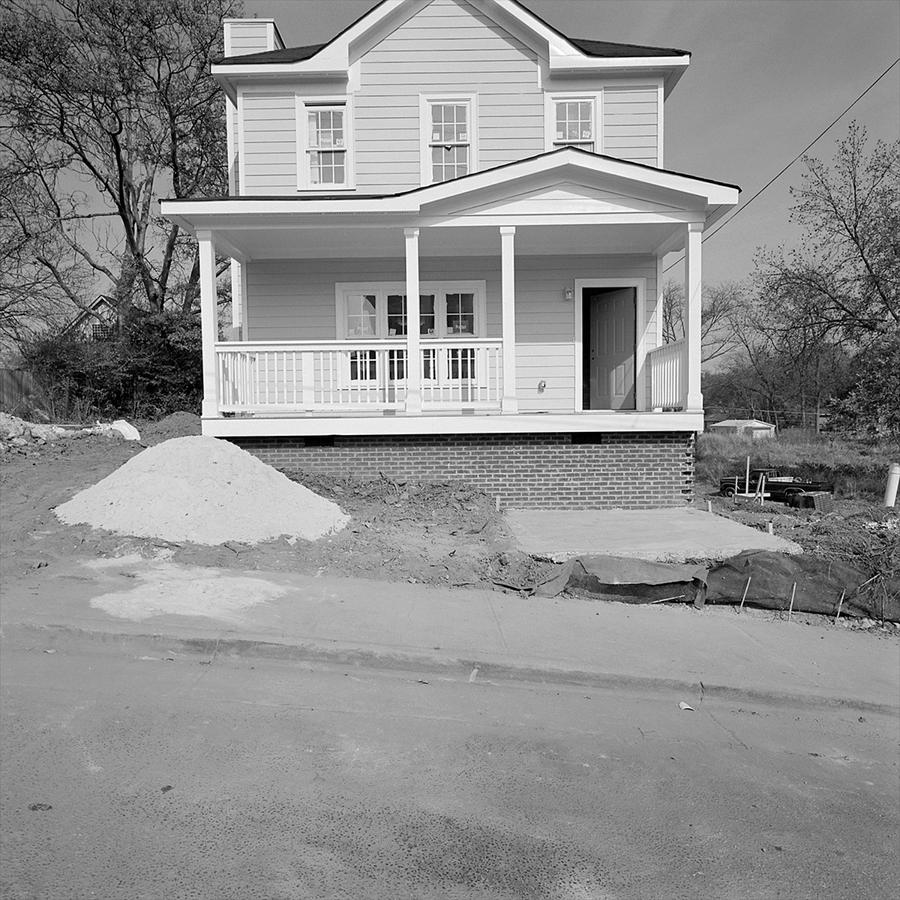 Summerhill, Atlanta, Georgia 1999 (
Summerhill, Atlanta, Georgia 1999 ( 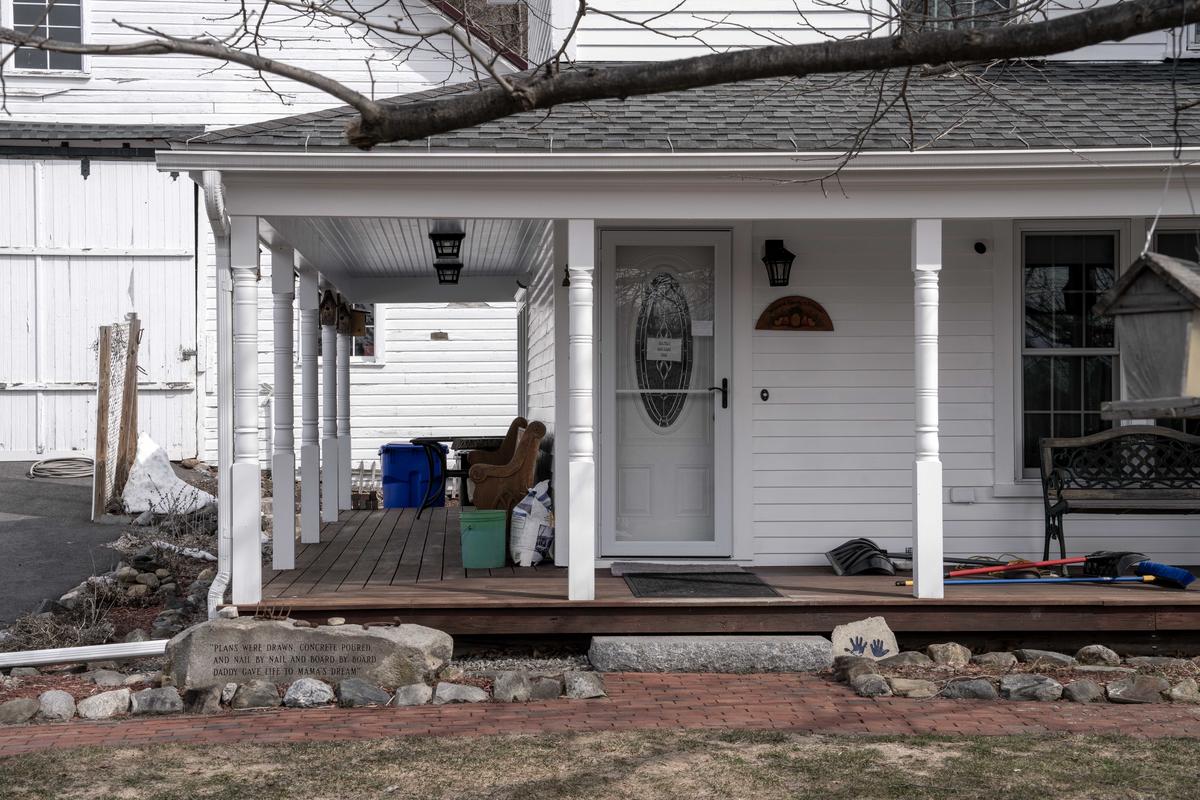
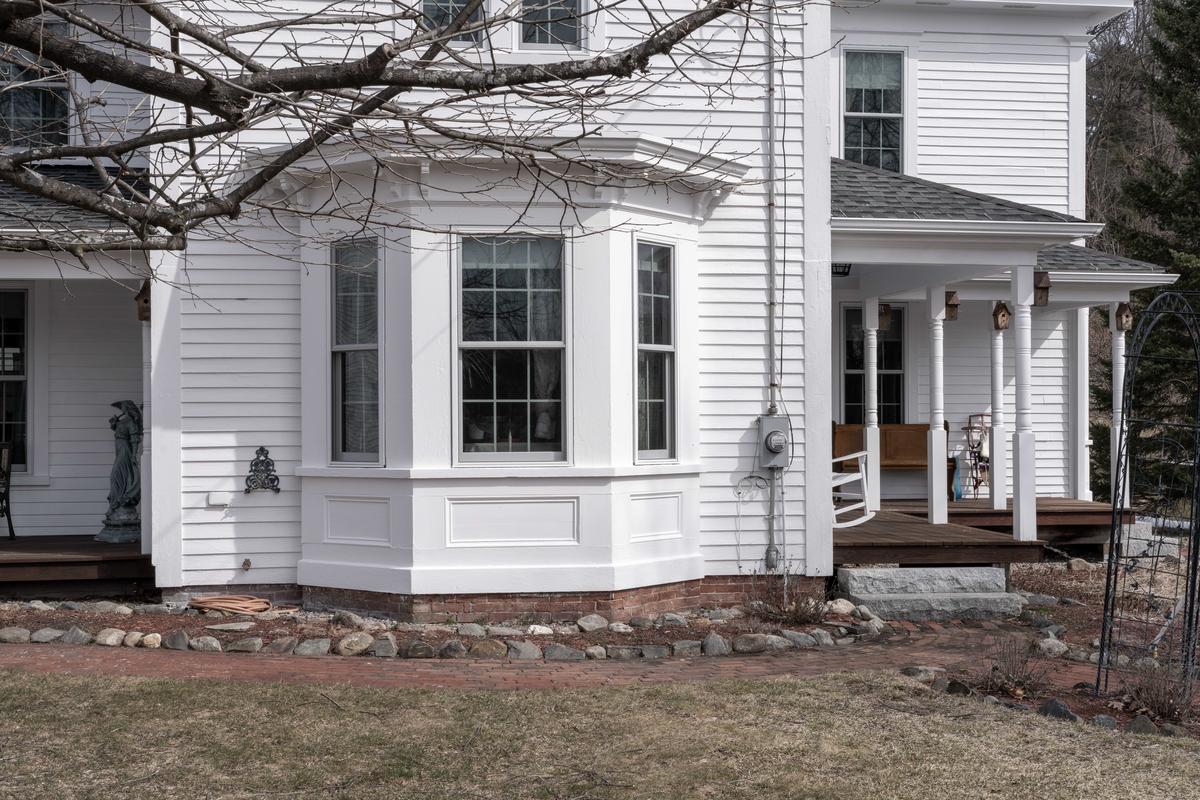
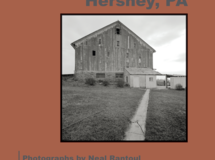
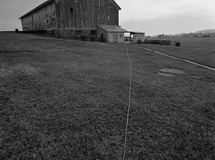
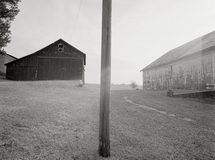
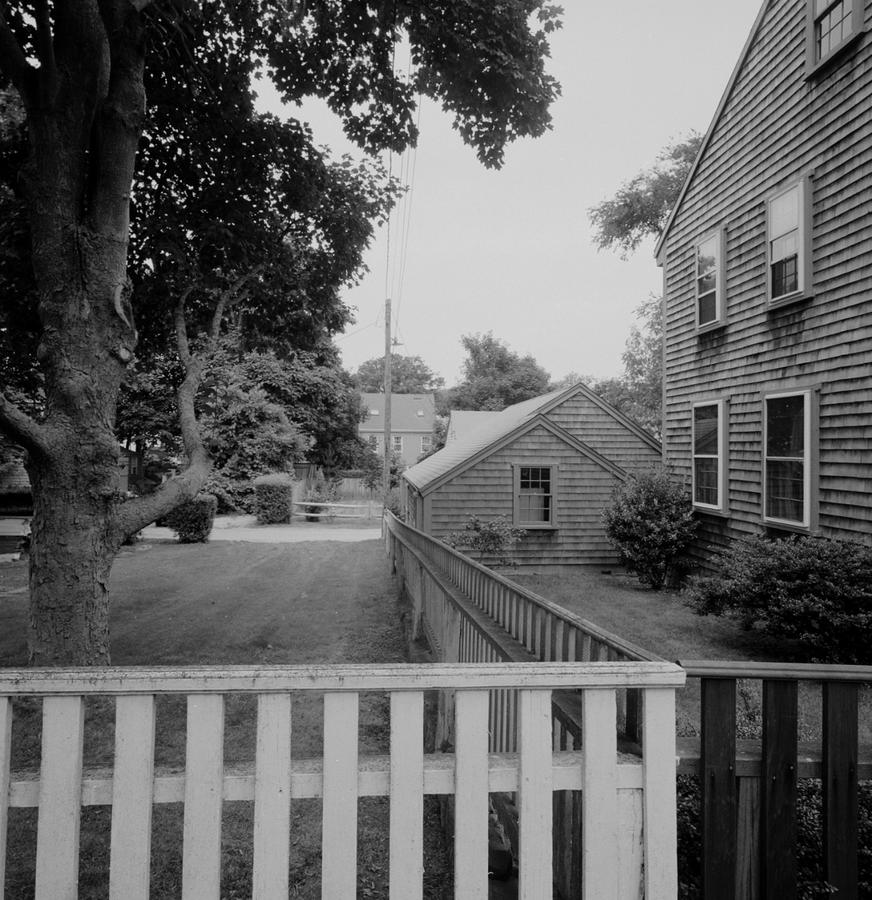
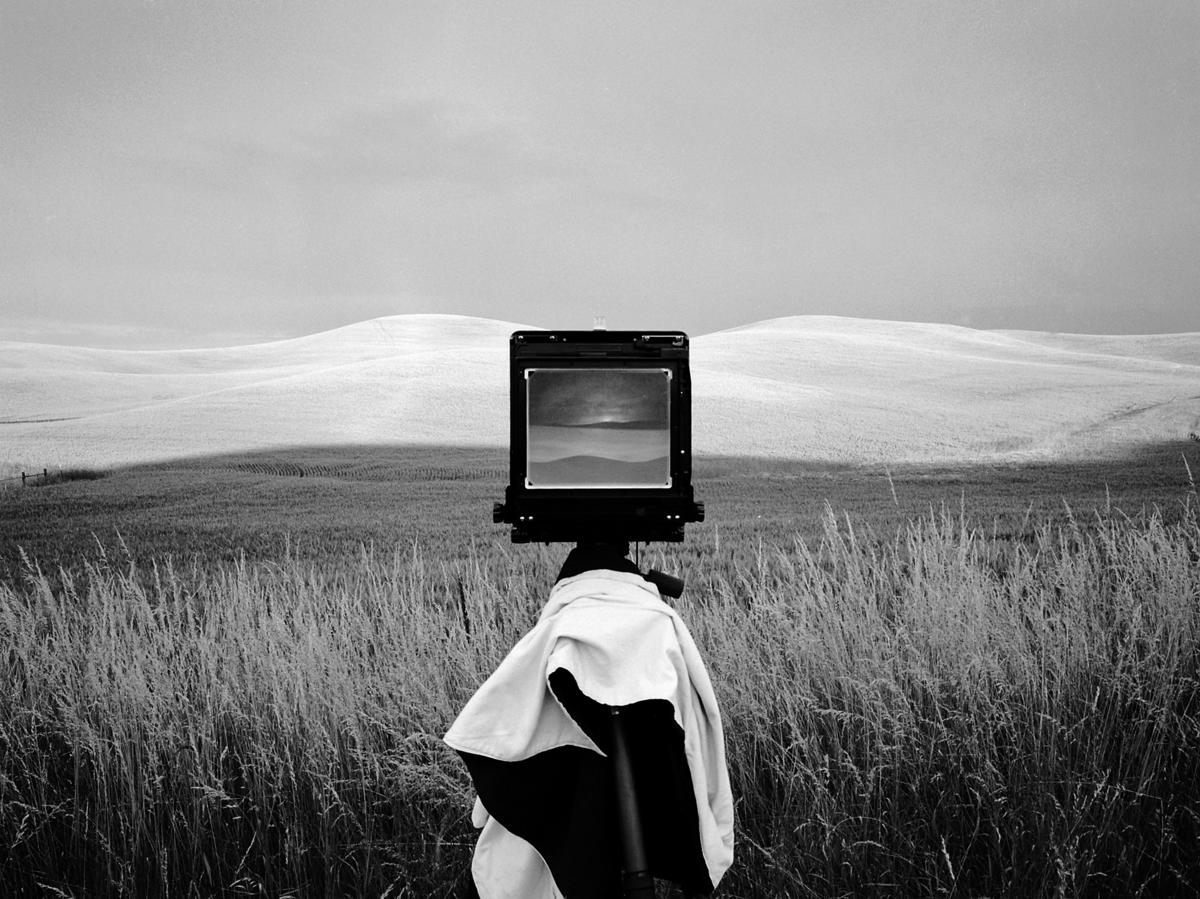
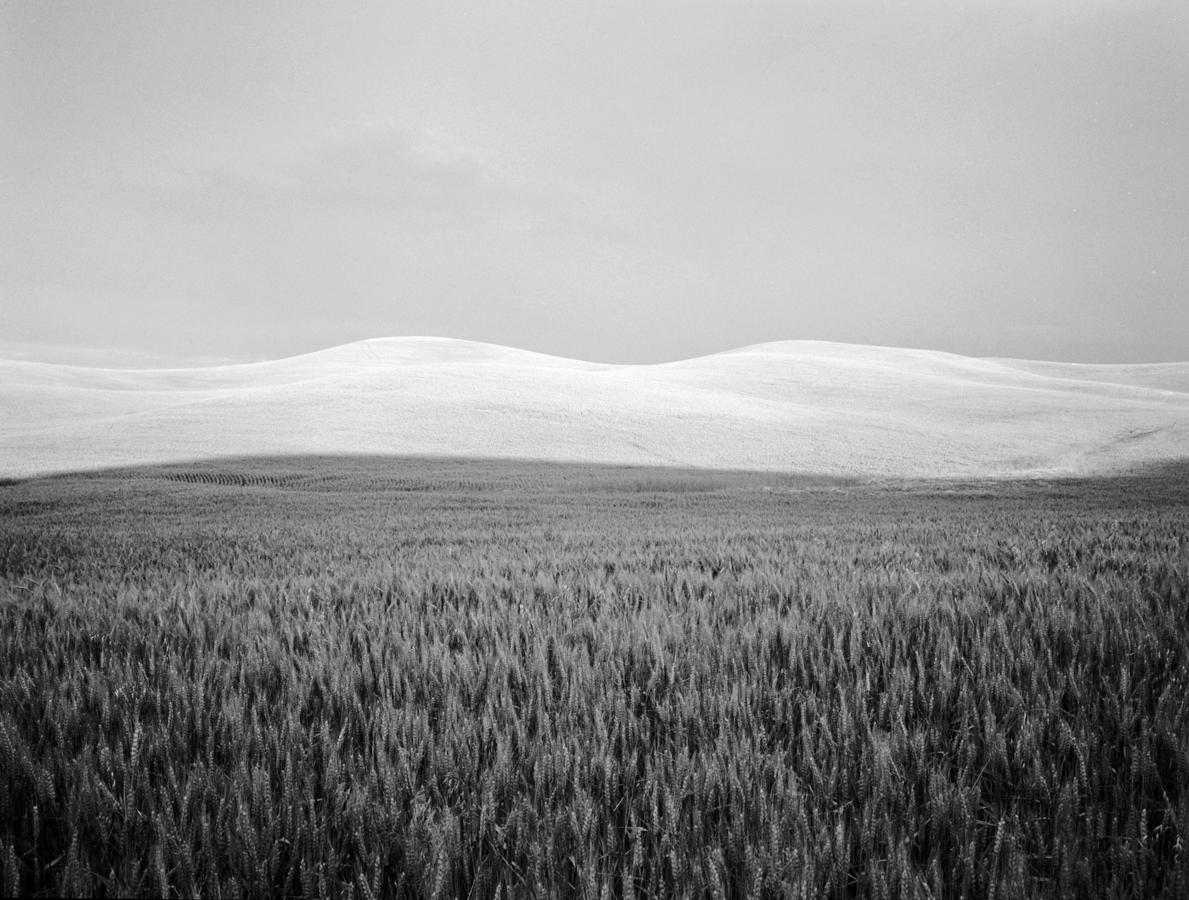
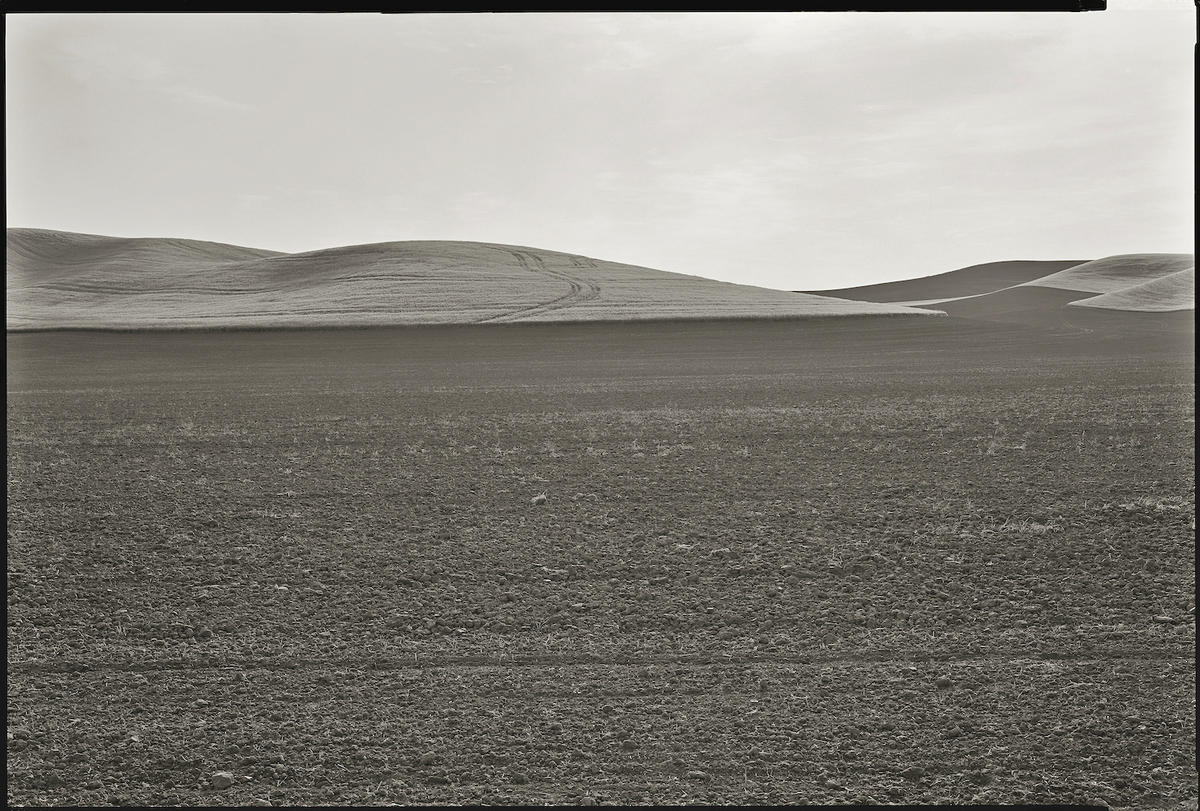 This one is 20 x 24 inches and a print of it is in the permanent collection at the Peabody Essex Museum in Salem, MA.
This one is 20 x 24 inches and a print of it is in the permanent collection at the Peabody Essex Museum in Salem, MA. Cabela's 2008
Cabela's 2008 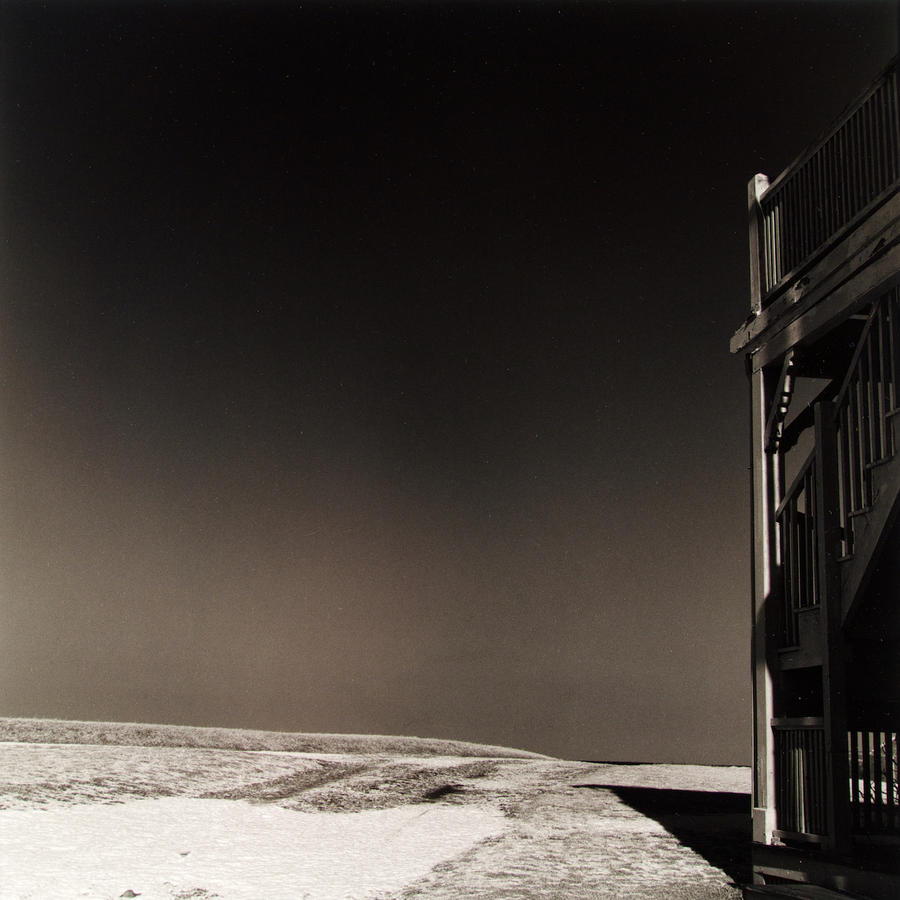
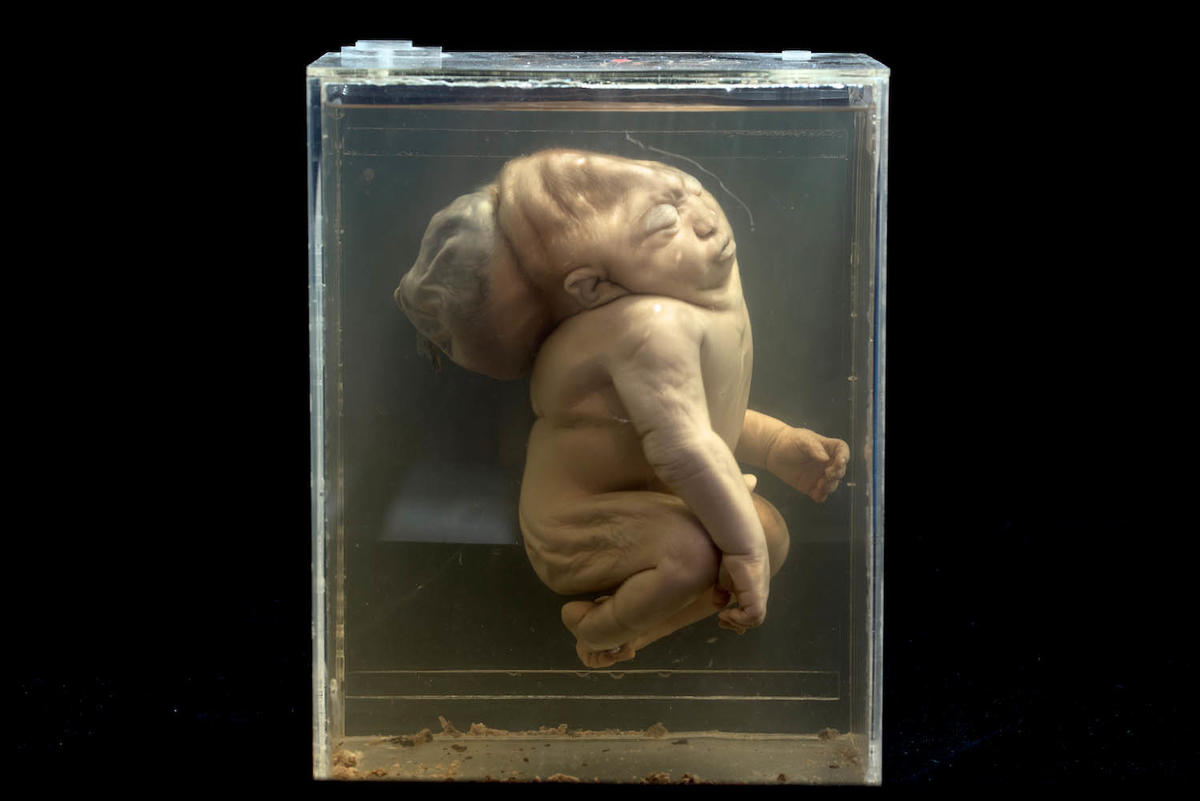
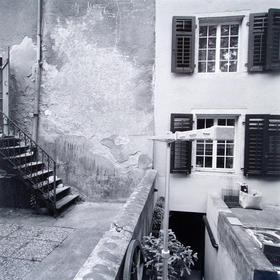
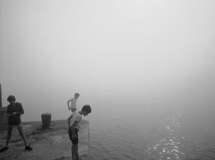
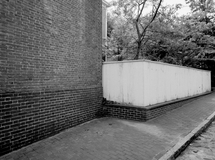
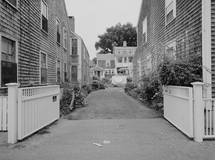
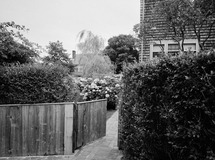
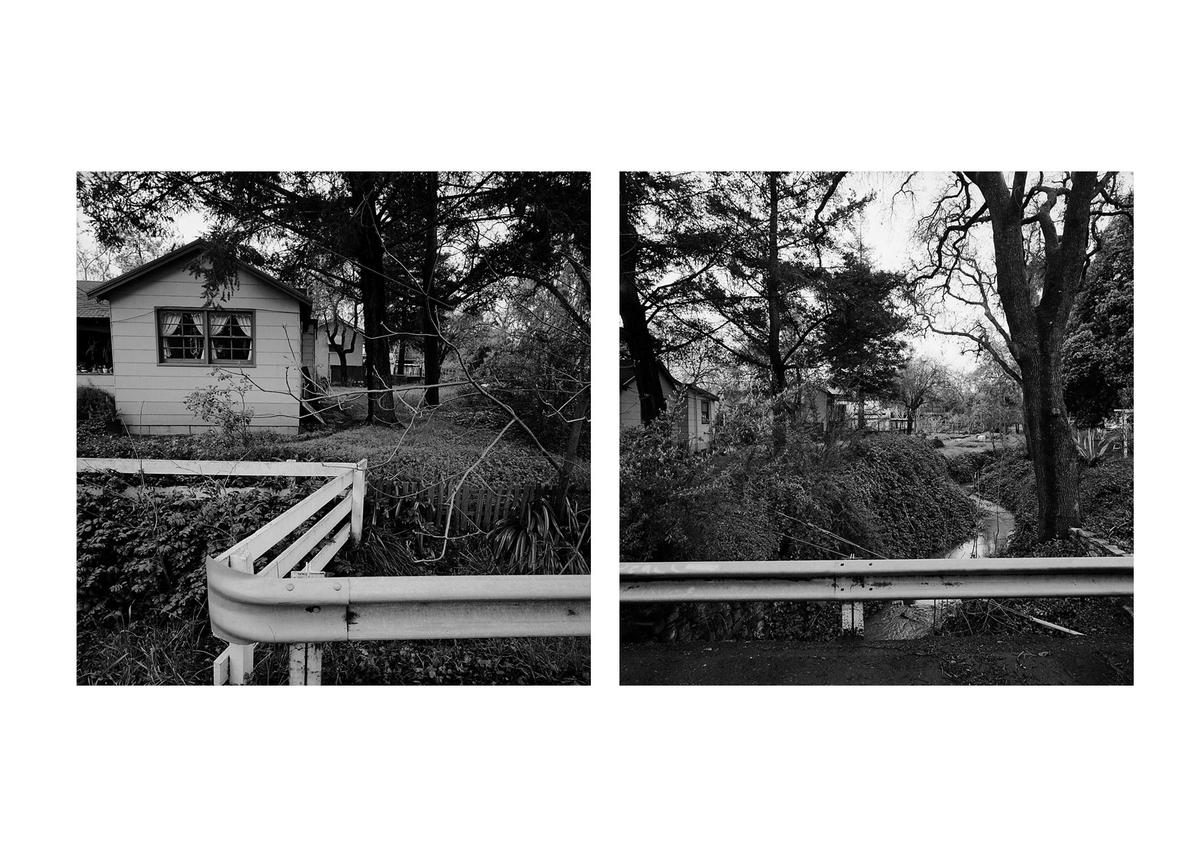 Same example except now make it three photographs hung on a wall next to each other. OMG! Much more complicated but the general tendency is for us as viewers is to build a story line, to begin a narrative flow, for we now have a small group so we can go "beginning, middle and end". Our questions might be "Are we into something that is three photographs hung on a wall by the same artist? Are the three connected to each other in content or intent?" And a big one, "what was the artist's idea, what was he/she trying to say here?" Three has a beautiful symmetry, a lovely pace where we can start, then state with a substantial point and then conclude. Tyrptych, trilogy, the "father, the son and the holy ghost". I think religion was on to something.
Same example except now make it three photographs hung on a wall next to each other. OMG! Much more complicated but the general tendency is for us as viewers is to build a story line, to begin a narrative flow, for we now have a small group so we can go "beginning, middle and end". Our questions might be "Are we into something that is three photographs hung on a wall by the same artist? Are the three connected to each other in content or intent?" And a big one, "what was the artist's idea, what was he/she trying to say here?" Three has a beautiful symmetry, a lovely pace where we can start, then state with a substantial point and then conclude. Tyrptych, trilogy, the "father, the son and the holy ghost". I think religion was on to something. 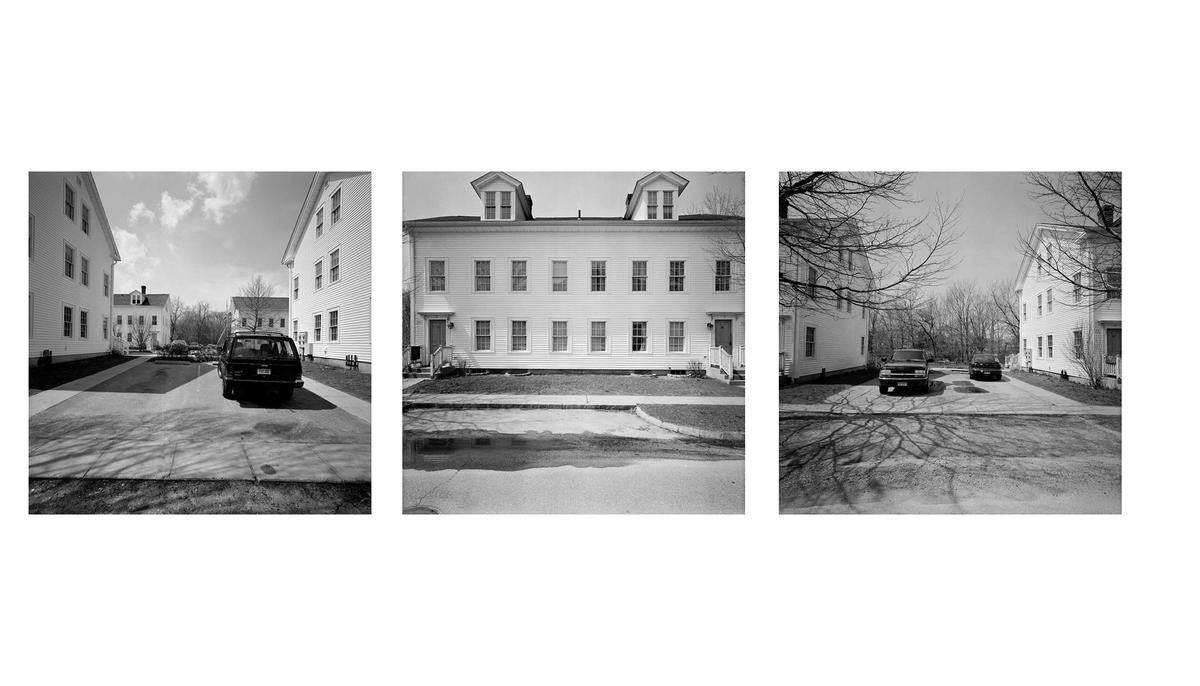 Another way to answer these questions is to refer to someone who's an expert at making series photographs since 1980: me.
Another way to answer these questions is to refer to someone who's an expert at making series photographs since 1980: me. 
